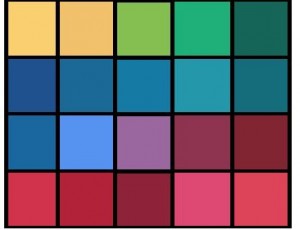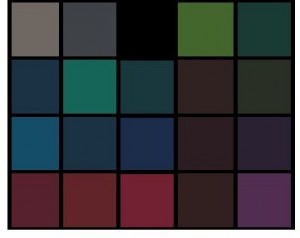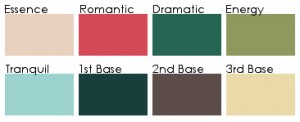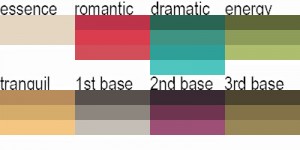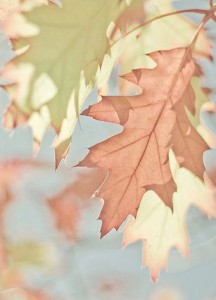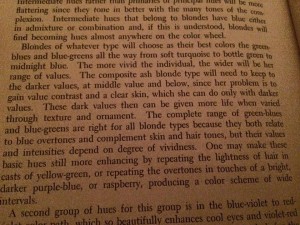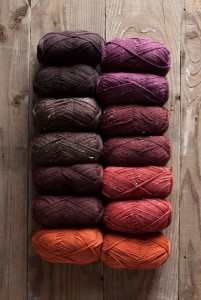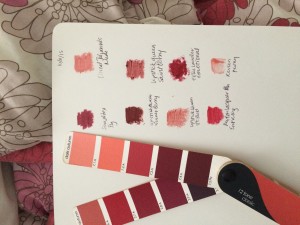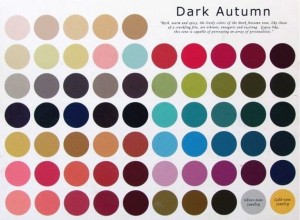I wrote about this today, among other things in a similar vein, for the workbook Facebook group as a sort of “bonus chapter,” but I’ve decided to go ahead and share about this specific topic in more detail here on the blog. This topic is, of course, how to cheat on your palette.
Cheating on your palette isn’t ideal. The ideal is, of course, to have a wardrobe where everything harmonizes together because it’s in the same palette. But we’re limited by what’s in stores and what we can afford. If you add in the fact that we have also each have a specific set of lines to deal with, finding things that are both in your season AND your line type can feel like finding a unicorn.
Sometimes, we have to make compromises. There are situations where I’d never make compromises (i.e., a wedding dress), but for everyday casual wear, I feel okay about it. I would never compromise on my lines–it’s very important to me that clothes fit the Flamboyant Gamine guidelines. Most stuff that isn’t FG is N in some way, and that’s my personal worst. But as long as I avoid my horrible colors, which tend to be light and springy, I can get away with cheating on my color palette.
The two sweatshirts I mentioned buying in this post are both really clearer than Dark Autumn. It’s evident when they are paired with my blanket scarf, which perfectly replicates the strips of browns and reds on the DA fan, that they do not harmonize exactly. But DA stuff can be hard to find in FG lines, especially in casual wear.
What’s important to me in my casual wear, which is generally just jeans or leggings with some kind of tunic/sweatshirt/tshirt, is that there are FG lines, with the boxy layer on top of the narrow base layer. It is way easier to find this in Dark Winter than it is in Dark Autumn. Dark Winter shares the most important trait with Dark Autumn, which is of course darkness. There are some Dark Winter colors I’d never be able to wear–anything approaching white, basically–but a lot of it, while I see it’s not quite as good, is a pretty good substitute for the real thing.
(Source)
For the most part, these colors will look okay on me, and no one who is not super into this stuff would be able to detect a difference. Again, the real issue is disrupting the harmony of your wardrobe. But for everyday casual pieces that are going to go through a lot of wear and tear and mostly be paired with very neutral basics, I think it’s a decent compromise while I try to build up a lasting, quality wardrobe of Dark Autumn pieces.
For Levels 2 and 3, I don’t think I’d be as willing to compromise. These clothes are generally more expensive, and things I’d want to last for a long time. But for a sweatshirt, Dark Winter warm blue instead of Dark Autumn warm blue isn’t a huge seasonal sacrifice.
